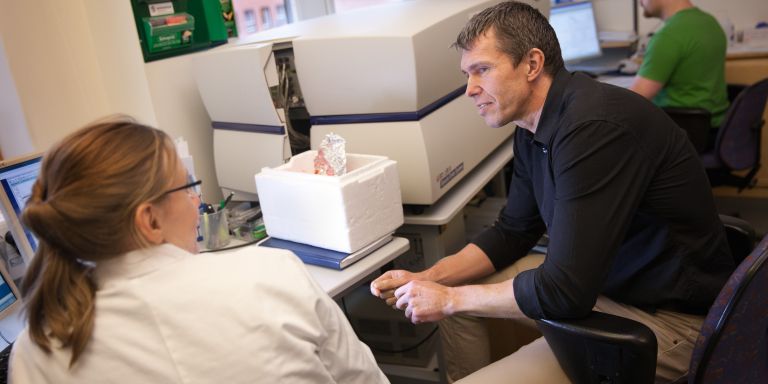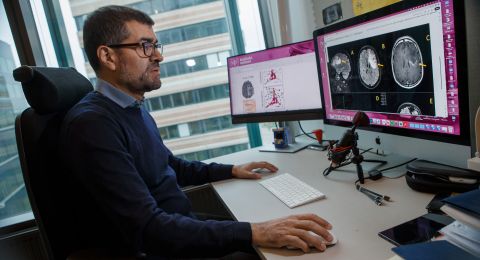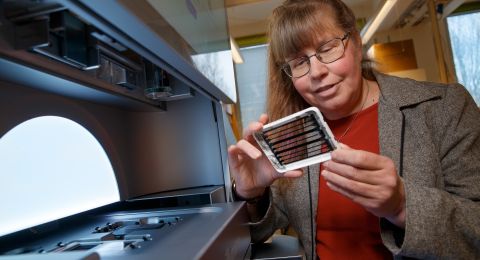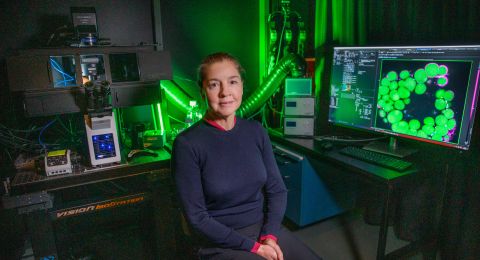
Project Grant 2014
Aging and Cancer: A Developmental Perspective of Leukemia
Principal investigator:
Mikael Sigvardsson, Professor of Molecular Hematology
Co-investigators:
David Bryder
Joan Yuan
Thoas Fioretos
Anna Andersson
Shamit Soneji
Institution:
Lund University
Grant in SEK:
SEK 41.7 million over five years
All types of blood cells originate from identical stem cells in bone marrow. Normally, stem cells develop step by step to form all the different kinds of cells making up our blood and large parts of our immune system. But in leukemia, i.e. blood cancer, this does not happen. Instead, immature blood cells fail to develop properly. These cells are dysfunctional, dividing uncontrollably in the bone marrow. The more cancer cells are formed, the more they displace normal cells in the bone marrow as well as in the blood.
“Most sufferers display symptoms of poor blood cell formation. We form around ten to the power of ten blood cells every 24 hours, enough during our lifetime to fill a 747 jumbo jet airliner. Without normal blood production, we become seriously ill within two to three weeks. Sufferers become tired and bruise easily because their blood platelets are not working. They are also susceptible to infections because they lack functional white blood cells,” explains Professor Mikael Sigvardsson, at the Stem Cell Center in Lund.
Different diseases in children and elderly
Both children and adults can suffer from leukemia, but the progress of the disease often differs. In children, the disease is usually more acute, whereas elderly people may suffer from chronic leukemia, which can be kept at bay for several years. Leukemia may be lymphatic or myeloid, names that indicate the type of white blood cells that are converted into cancer cells. Here, too, children and adults differ – children usually suffer from lymphatic leukemia and adults from myeloid malignancies. We currently do not know why this is. In a research project funded by the Knut and Alice Wallenberg Foundation, Mikael and his colleagues are endeavoring to find the answer.
“Old people produce fewer lymphocytes, which might be part of the explanation. This makes it less likely that cancer will strike there. But damage to DNA may be another factor, as may epigenetics, the structure of DNA, which determines which genes are active,” Mikael says.
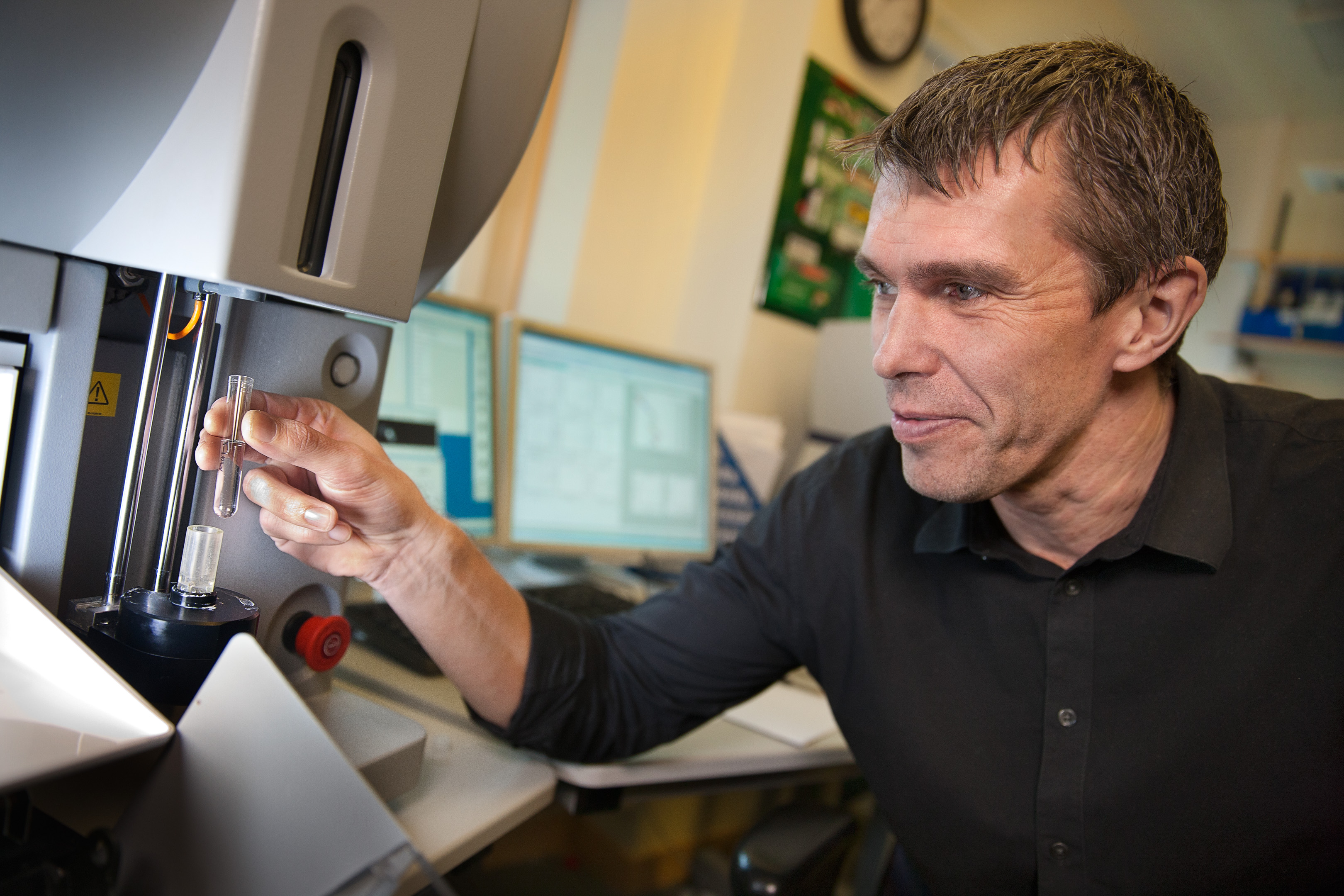
Rapid identification of genetic alterations
Some of the researchers in the project are studying mice that have been genetically modified to develop various forms of blood cell cancer. Others are working with patients, and studying a large number of samples taken from children suffering from leukemia. Cells in mice can be moved between animals of different ages to see what happens. It is also possible to transfer cancer cells from humans to mice and see how the disease develops. Perhaps the age of blood cells or bone marrow plays a part. Perhaps environmental factors are involved.
The patient samples will be genetically mapped to identify leukemia specific changes in the DNA, mutations. DNA is made up of long strands of “base pairs” of the four molecules adenine, guanine, cytosine and thymine, which are joined together in specific ways. Today it is possible to sequence, i.e. decode, DNA very quickly.
“In the 1990’s, a researcher working like crazy could sequence 2,000 base pairs a day at a cost of about SEK 10 per pair. Technology has now advanced this work to such an extent that I myself, in my little lab, can sequence billions of base pairs a day a thousand times more cheaply than in the 1990’s. Previously, cancer researchers could only see major changes at chromosome level; now we can study small changes in DNA a well,” Mikael explains.
The result is an inconceivably large quantity of data. That is why the project includes a bioinformatician, who is an expert in data analysis.
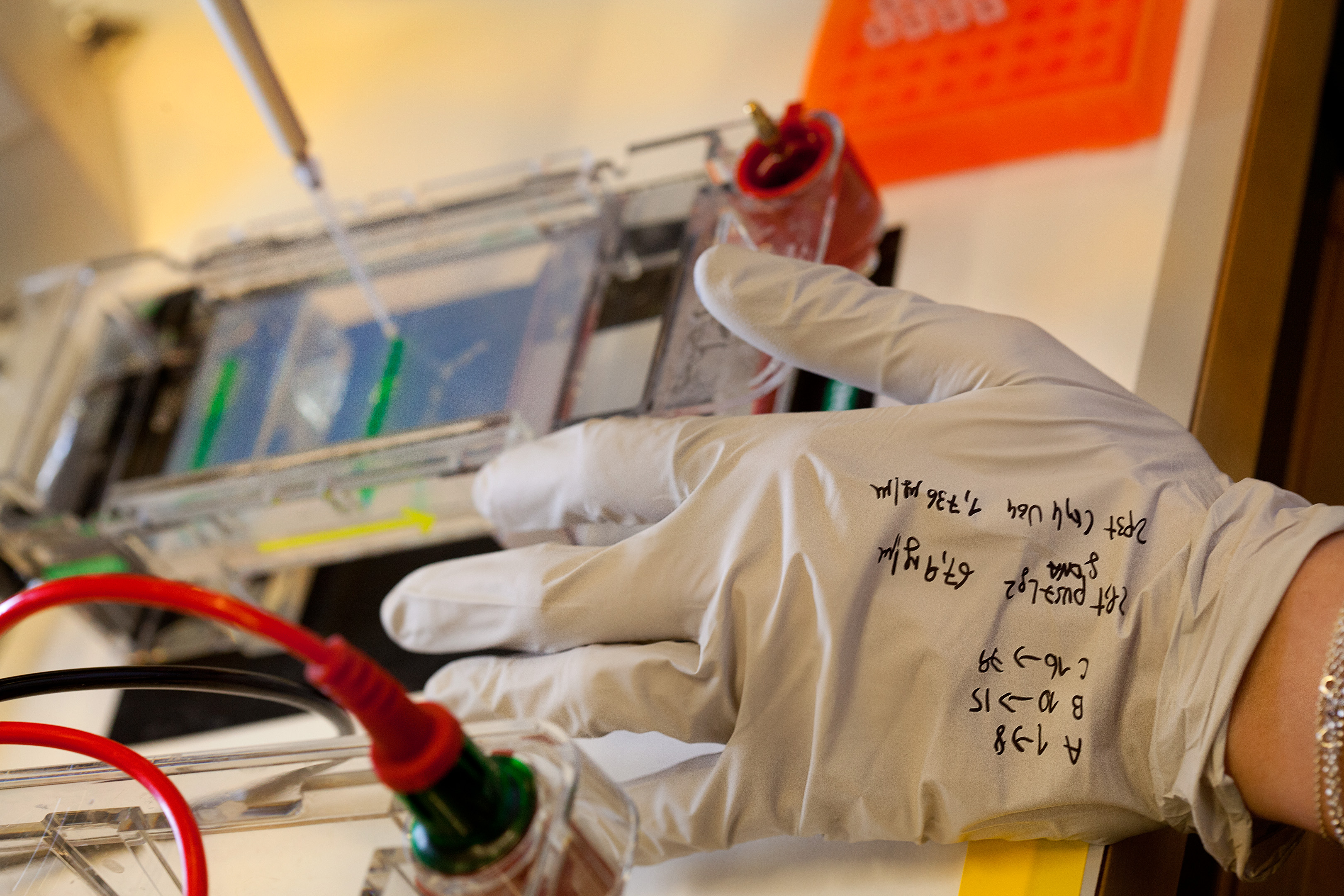
The right medicine for each patient
Eventually this research may result in discovery of molecules or processes in the body that can be controlled using new drugs. But it is at least as important to understand the disease better, so the right diagnosis and right prognosis can be made, and the course of the patient’s disease can be predicted.
“Much of current treatment is based on use of chemotherapy, which affects essentially all cells in the body. Its effectiveness must be weighed up against the side effects, so it is essential to decide the right treatment for a given form of leukemia and a given patient as early as possible. Both effect and treatment are also influenced by genetic factors resulting in differences in tolerance and efficiency of a given drug,” Mikael points out.
With a good diagnosis, doctors can begin the right treatment from day 1. If a treatment is too mild, there is a risk that the cancer will return, whereas treatment that is more radical than necessary will cause unnecessary side effects.
“This is where I think the next breakthrough will come, in what is known as individualized medication: the right treatment for the right patient – in an early phase of the disease.”
Text Lisa Kirsebom
Translation Maxwell Arding
Photo Magnus Bergström
